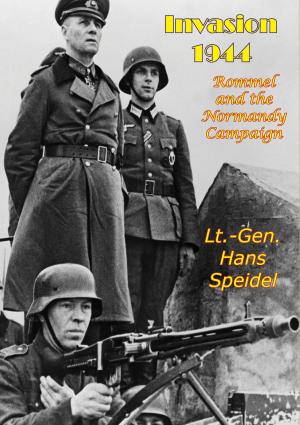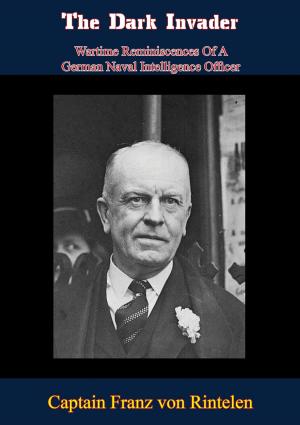Evolution Of Artillery Tactics In General J. Lawton Collins’ US VII Corps In World War II
Nonfiction, History, Germany, European General, Military, United States| Author: | Major David S. Wilson | ISBN: | 9781786253644 |
| Publisher: | Lucknow Books | Publication: | November 6, 2015 |
| Imprint: | Lucknow Books | Language: | English |
| Author: | Major David S. Wilson |
| ISBN: | 9781786253644 |
| Publisher: | Lucknow Books |
| Publication: | November 6, 2015 |
| Imprint: | Lucknow Books |
| Language: | English |
This thesis examines the evolution of artillery tactics in World War II using General J. Lawton Collins’ U.S. VII Corps as a case study. This study first reviews artillery doctrine and tactics during World War I and during the 1920s and 1930s, in which time future leaders like General Collins were military students.
In 1943, General Collins commanded an infantry division on Guadalcanal where he was one of the first American generals to implement the Army’s new doctrine of fire direction centers (FDCs) and massed fires using time on targets (TOTs). Collins then was selected to command the U.S. VII Corps for the invasion of Normandy and the subsequent breakout during OPERATION COBRA. From Normandy to the end of the war, Collins continued to hone his use of artillery based on his experience during the eleven-month campaign in Northwest Europe, contributing to his reputation as the best corps commander in World War II.
This study looks at Army doctrine in 1944 to judge Collins’ artillery tactics and concludes that he used established doctrine and that his tactics are the foundation for today’s artillery tactics.
This thesis examines the evolution of artillery tactics in World War II using General J. Lawton Collins’ U.S. VII Corps as a case study. This study first reviews artillery doctrine and tactics during World War I and during the 1920s and 1930s, in which time future leaders like General Collins were military students.
In 1943, General Collins commanded an infantry division on Guadalcanal where he was one of the first American generals to implement the Army’s new doctrine of fire direction centers (FDCs) and massed fires using time on targets (TOTs). Collins then was selected to command the U.S. VII Corps for the invasion of Normandy and the subsequent breakout during OPERATION COBRA. From Normandy to the end of the war, Collins continued to hone his use of artillery based on his experience during the eleven-month campaign in Northwest Europe, contributing to his reputation as the best corps commander in World War II.
This study looks at Army doctrine in 1944 to judge Collins’ artillery tactics and concludes that he used established doctrine and that his tactics are the foundation for today’s artillery tactics.
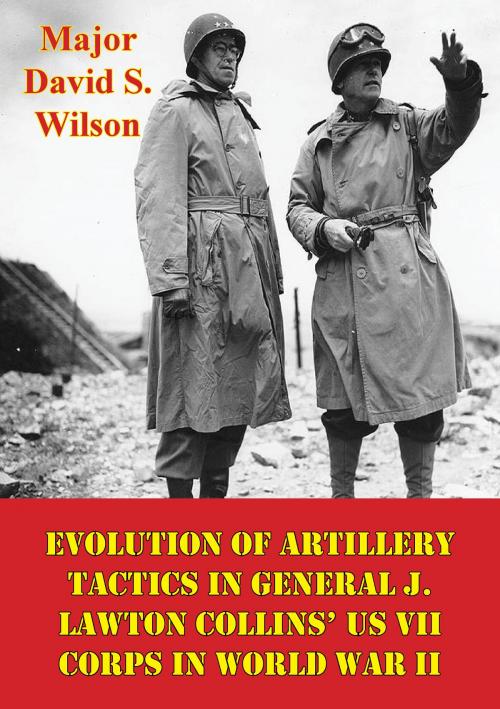
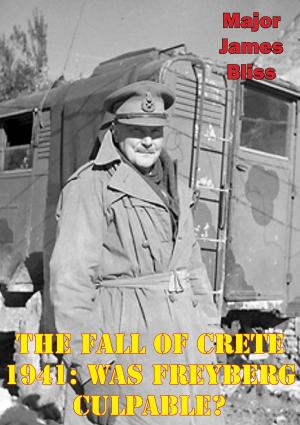
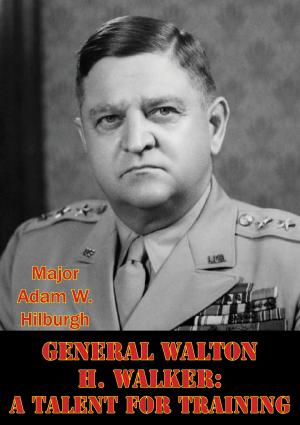
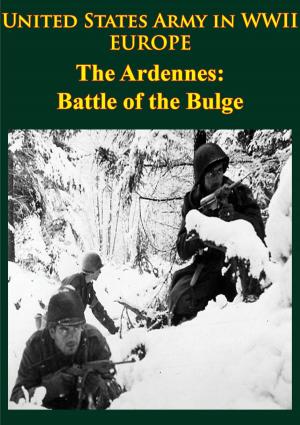
![Cover of the book Eighth Army: El Alamein To The River Sangro [Illustrated Edition] by Major David S. Wilson](https://www.kuoky.com/images/2015/november/300x300/9781782898399-l1yv_300x.jpg)
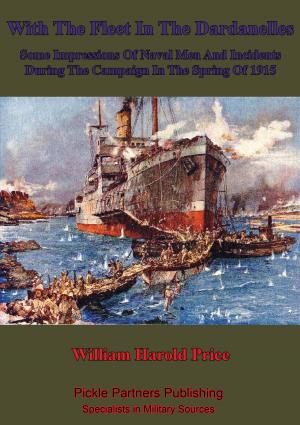
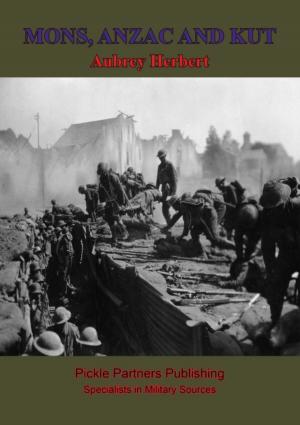
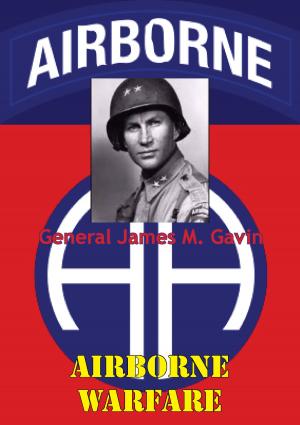
![Cover of the book Small Unit Actions During The German Campaign In Russia [Illustrated Edition] by Major David S. Wilson](https://www.kuoky.com/images/2014/august/300x300/9781782892533-ASXR_300x.jpg)

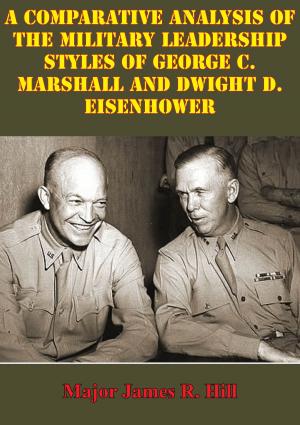


![Cover of the book Battle Of Gazala (May- June 1942) [Illustrated Edition] by Major David S. Wilson](https://www.kuoky.com/images/2014/august/300x300/9781782893899-SGRM_300x.jpg)
